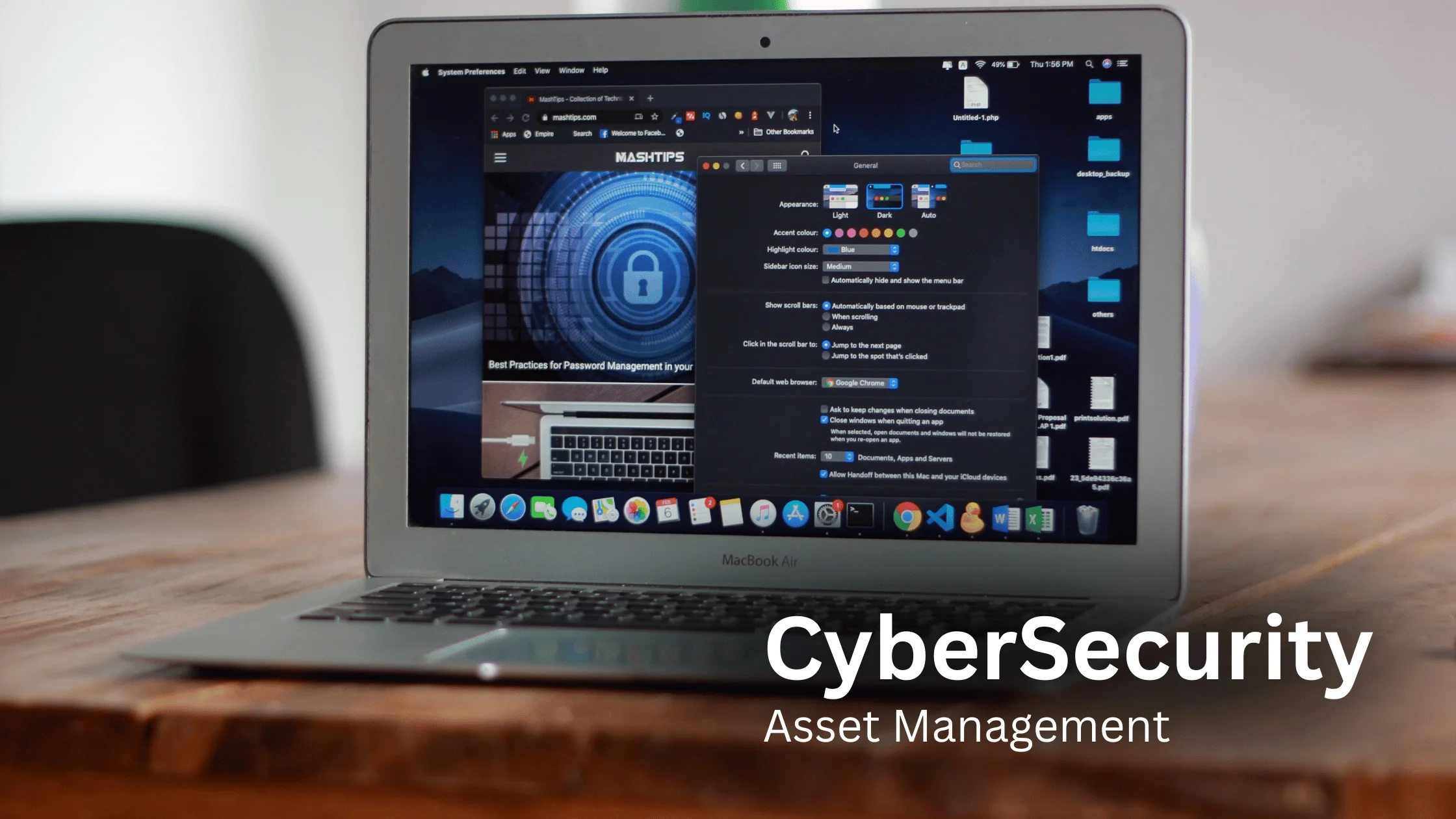Identifying Asset Management in Cybersecurity: A Foundational Pillar for Resilience
Published: 22 Jun 2025
In today’s hyperconnected digital landscape, the ability to defend an organization hinges not only on firewalls and encryption but on something more fundamental: knowing what you’re protecting.

That’s where asset management in cybersecurity comes into play. Identifying and managing digital assets is not a preliminary step; it’s the backbone of an effective defense architecture.
This article dives deep into identifying asset management cybersecurity, unraveling its purpose, methodologies, tools, and implementation best practices.
What Is Asset Management in Cybersecurity?
Asset management refers to the systematic process of discovering, inventorying, classifying, and monitoring all hardware, software, data, and network resources within an organization. When applied through a cybersecurity lens, this process ensures that every digital asset is accounted for, protected, and aligned with risk management objectives.
In the NIST Cybersecurity Framework, “Identify” is the first function, establishing the context for risk-informed decision-making. Asset management is a cornerstone of this function.
Why Is It Crucial?
- Visibility Equals Security. You can’t defend what you don’t know exists. Shadow IT, rogue devices, and undocumented systems are frequent culprits in breaches.
- Risk Prioritization. By identifying critical assets, organizations can focus security efforts on high-value targets.
- Compliance Alignment. Regulatory frameworks such as ISO 27001, HIPAA, and GDPR require asset inventory and classification.
- Incident Response Optimization. When incidents occur, a well-maintained asset register expedites triage and recovery efforts.
Key Elements of Asset Identification
| Element | Description |
|---|---|
| Hardware Assets | Servers, laptops, mobile devices, routers, IoT devices |
| Software Assets | Virtual machines, cloud storage, and SaaS platforms |
| Cloud Assets | Virtual machines, cloud storage, SaaS platforms |
| Data Assets | Databases, intellectual property, user data, sensitive records |
| Network Assets | IP addresses, domains, firewalls, switches |
Each asset must be recorded with metadata such as ownership, criticality, location, and business function.
Techniques and Tools for Asset Discovery
- Network Scanning Tools like Nmap, Qualys, or Tenable Nessus help discover connected devices and services.
- Agent-Based Discovery: Lightweight agents installed on endpoints collect granular data.
- Passive Monitoring Tools like Darktrace or Gigamon observe traffic to identify devices without active probing.
- Cloud Inventory API,s AWS Config, Azure Resource Graph, and GCP Asset Inventory provide APIs for listing cloud assets.
- CMDB Integration A centralized Configuration Management Database (CMDB), like ServiceNow, organizes assets with relationship mapping.
Challenges in Implementation
- Dynamic Environments: Assets spin up and down rapidly in cloud-native architectures.
- Shadow IT: Employees using unauthorized tools bypass traditional inventory methods.
- BYOD Policies: Personal devices complicate boundaries between corporate and private infrastructure.
- Data Volume: Petabytes of data make meaningful classification a nontrivial task.
Best Practices for Robust Cyber Asset Management
- Automate Discovery and Inventory Updates. Manual tracking is error-prone; automation ensures real-time accuracy.
- Enforce Tagging and Classification Policies. Every asset should carry tags that specify sensitivity, ownership, and role.
- Set Up a Governance Model: Define roles and responsibilities—who owns what, who updates what, who audits what.
- Continuously Monitor and Audit. Don’t treat it as a one-time project. Make it an ongoing lifecycle.
- Integrate with Threat Intelligence and Risk Scoring. Enrich asset data with vulnerability scans and threat feeds to prioritize defenses.
Strategic Benefits
- Enhanced situational awareness
- Accelerated incident detection and response
- Stronger compliance posture
- More efficient use of cybersecurity resources
- Foundational support for Zero Trust architectures
Final Thoughts
Identifying asset management in cybersecurity is not a one-time task or a checklist item; it’s an evolving discipline that anchors cybersecurity to operational realities. Whether you’re guarding critical infrastructure or building a Zero Trust framework, visibility starts with knowing your assets.
Ali, given your strong analytical approach and interest in emerging technologies, you might also consider exploring AI-driven asset discovery, where behavioral analytics and machine learning detect anomalies and undocumented assets in real-time. That could be a fantastic direction for deep technical research or content creation.

- Be Respectful
- Stay Relevant
- Stay Positive
- True Feedback
- Encourage Discussion
- Avoid Spamming
- No Fake News
- Don't Copy-Paste
- No Personal Attacks

- Be Respectful
- Stay Relevant
- Stay Positive
- True Feedback
- Encourage Discussion
- Avoid Spamming
- No Fake News
- Don't Copy-Paste
- No Personal Attacks





